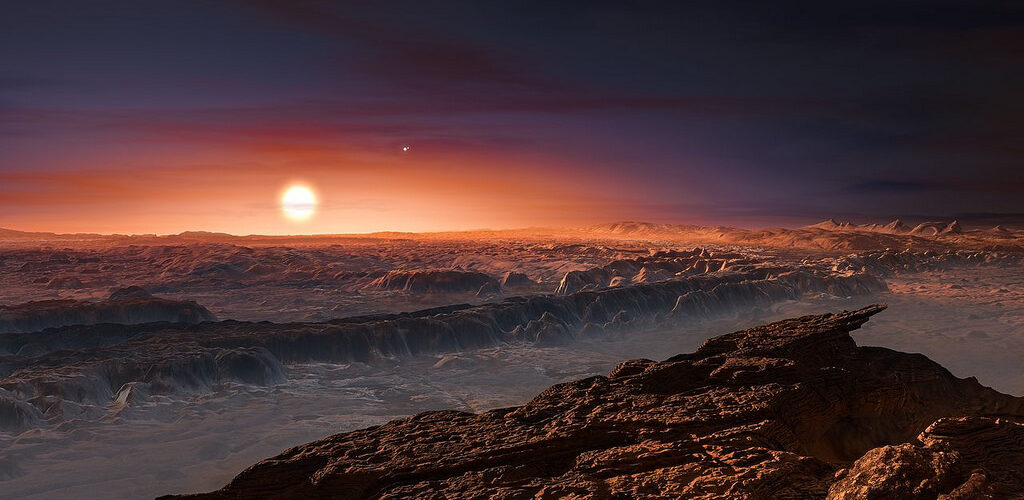Is There Anybody Out There?

We earthlings ought to count ourselves lucky: our entire existence is the result of no more than a series of happy coincidences. Our planet is neither too hot nor too cold. Neither too big nor too small. Of all the planets in all the galaxies, our very own Earth won the galactic jackpot.
When it comes to the search for life beyond our world, scientists and astronomers look for planets with particular characteristics. In the words of Eliza Quintana, a research scientist at the SETI Institute based at NASA’s Ames Research Centre: “We know of just one planet where life exists — Earth. When we search for life outside our solar system we focus on finding planets with characteristics that mimic that of Earth”1.
It is for this reason that the recent discovery by researchers at the European Southern Observatory is such a “game changer”2. Last week, using a combination of powerful telescopes around the world, the astronomers managed to detect a new Earth-sized planet orbiting our nearest star after the Sun. The rocky planet, named Proxima b, is an ideal candidate for harbouring extra-terrestrial life. It orbits in the habitable zone of the cool red dwarf star Proxima Centauri – the smallest in the triple star system, Alpha Centauri – only four lightyears away3.
The habitable zone is the band around a star where temperatures are suitable for liquid water to form. And the theory goes: where there is water there is life4. As Proxima Centauri is cooler than our Sun, Proxima b lies far closer to its star than Earth does. In fact, its orbit is even shorter than that of Mercury with a year on Proxima b lasting only eleven days!
Despite being an earth-sized planet in the habitable zone, Proxima b may still not be perfect. Researchers believe it could be tidally-fixed, orbiting its star much as the moon orbits earth – without rotating on an axis. This would mean that one side of the planet would remain in perpetual darkness. Orbiting so close to the star could also put it at risk of powerful solar flares capable of extinguishing all hopes of life on the planet. It is unknown if Proxima b even has an atmosphere5.
This discovery will, however, undoubtedly inspire future research. NASA’s Kepler space telescope has already detected over 3000 exoplanets since its first discovery in 1995 and the James Webb space telescope due to launch in 2018 will help to follow up on any new discoveries by determining the atmospheric compositions of candidate planets6.
Finding Proxima b is a major breakthrough and a defining moment in the search for life-harbouring planets. Perhaps the next such moment will be the discovery of extra-terrestrial life itself.
Edited by Sarah Spence
References
- http://www.nasa.gov/feature/jpl/eso-discovers-earth-size-planet-in-habitable-zone-of-nearest-star
- Olivier Guyon from NASA’s Jet Propulsion Laboratory, Pasadena, California and associate professor at the University of Arizona, Tucson
- http://www.nasa.gov/feature/jpl/eso-discovers-earth-size-planet-in-habitable-zone-of-nearest-star
- https://exoplanets.nasa.gov/the-search-for-life/habitable-zones/
- To find out more about what is required for an exoplanet to be habitable visit exoplanets.nasa.gov/the-search-for-life/
- http://www.nasa.gov/feature/jpl/eso-discovers-earth-size-planet-in-habitable-zone-of-nearest-star










